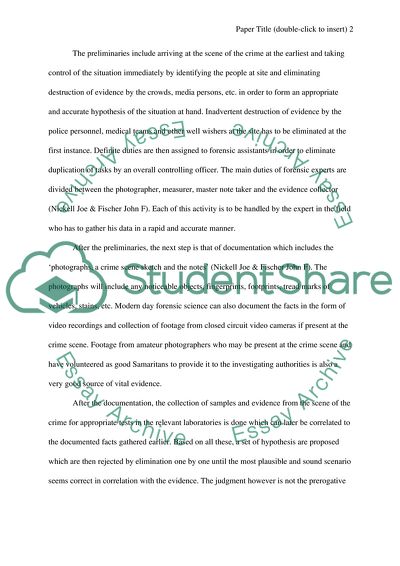Cite this document
(Scientific Method Applied to Forensic Science Essay Example | Topics and Well Written Essays - 1500 words, n.d.)
Scientific Method Applied to Forensic Science Essay Example | Topics and Well Written Essays - 1500 words. https://studentshare.org/science/1714944-scientific-method-applied-to-forensic-science
Scientific Method Applied to Forensic Science Essay Example | Topics and Well Written Essays - 1500 words. https://studentshare.org/science/1714944-scientific-method-applied-to-forensic-science
(Scientific Method Applied to Forensic Science Essay Example | Topics and Well Written Essays - 1500 Words)
Scientific Method Applied to Forensic Science Essay Example | Topics and Well Written Essays - 1500 Words. https://studentshare.org/science/1714944-scientific-method-applied-to-forensic-science.
Scientific Method Applied to Forensic Science Essay Example | Topics and Well Written Essays - 1500 Words. https://studentshare.org/science/1714944-scientific-method-applied-to-forensic-science.
“Scientific Method Applied to Forensic Science Essay Example | Topics and Well Written Essays - 1500 Words”. https://studentshare.org/science/1714944-scientific-method-applied-to-forensic-science.


